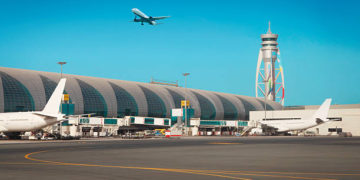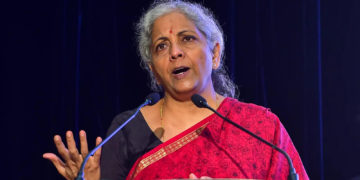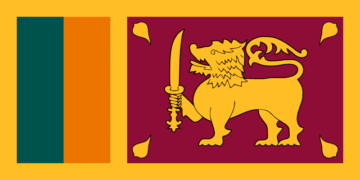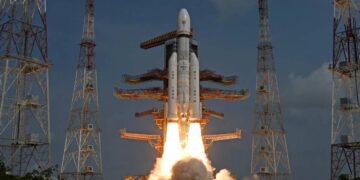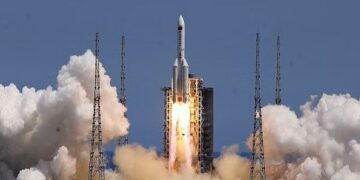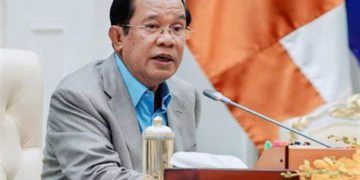North Korea fires ballistic missile off its east coast, while leader Kim jong un is away in Russia , as reported by South Korea’s Joint Chiefs of Staff and the Japanese Coast Guard on Wednesday (September 13). This event unfolded just hours before leader Kim Jong Un’s anticipated meeting with President Vladimir Putin in Russia. Remarkably, it marked the first such launch to occur while Kim was abroad, a rarity according to analysts.
After North Korea fires ballistic missile , the Details regarding the Size and Range of the Missiles were not immediately available. However, approximately five minutes after the initial launch warning, Japan’s Coast Guard confirmed that the missile had fallen into the sea. Japan’s Chief Cabinet Secretary Hirokazu Matsuno informed reporters that Japan had filed a protest against North Korea through diplomatic channels in Beijing.
Crucially, both missiles fell into the sea outside Japan’s exclusive economic zone (EEZ).
North Korea, possessing nuclear capabilities, has conducted a variety of missile launches, including short-range, cruise, and intercontinental ballistic missiles (ICBMs) with the potential to reach the United States. It’s essential to note that all of North Korea’s ballistic missile and nuclear activities are prohibited by United Nations Security Council resolutions. These resolutions gained support from Pyongyang’s partners, China and Russia, back in 2017.
Diplomatic Talks
Since then, both Beijing and Moscow have advocated for the easing of sanctions on North Korea in an effort to kickstart diplomatic talks and improve the humanitarian situation.
Kim Jong Un remained within his country for six years after assuming power in 2011 following his father’s death. However, between 2018 and 2019, he embarked on nine separate trips, visiting China, South Korea, Singapore, Vietnam, and Russia. His current visit to Russia marks the first one since that time.
The mechanism by which Kim maintains command and control over North Korea’s missile and nuclear forces while abroad remains unclear. Nevertheless, recent drills have suggested the existence of a system for overseeing nuclear weapons, similar to those utilized by the United States and Russia.
In a March report, the 38 North program, which monitors North Korea, outlined a process from state media announcements. This process includes commanders of units and sub-units, a launch approval system, as well as “technical and mechanical devices” governing nuclear weapons control.








